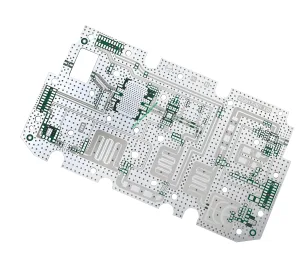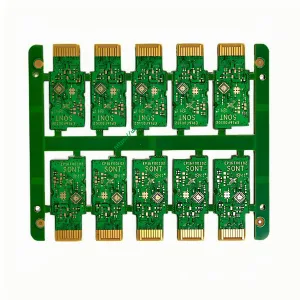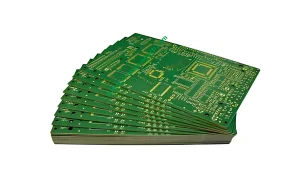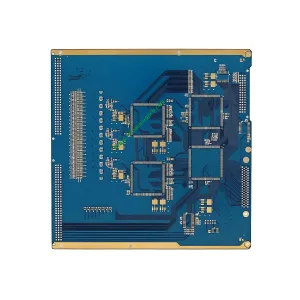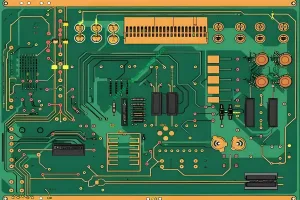What is a high-speed circuit?
It is generally believed that if the frequency of a digital logic circuit reaches or exceeds 45MHZ~50MHZ, and the circuit working above this frequency has already accounted for a certain share of the entire electronic system (Per esempio, 1/3), it is called a high-speed circuit.
Infatti, the harmonic frequency of the signal edge is higher than the frequency of the signal itself. It is the rising and falling edges of the signal (or signal jumps) that cause unexpected results in signal transmission. Perciò, it is generally agreed that if the line propagation delay is greater than 1/2 of the rise time of the digital signal driving end, such signals are considered to be high-speed signals and produce transmission line effects.
The transmission of the signal occurs at the instant when the signal state changes, such as the rise or fall time. The signal passes from the driving end to the receiving end for a fixed period of time. If the transmission time is less than 1/2 of the rise or fall time, the reflected signal from the receiving end will reach the driving end before the signal changes state. Conversely, the reflected signal will reach the drive end after the signal changes state. If the reflected signal is strong, the superimposed waveform may change the logic state.
The concept of high-speed PCB is only derived from a very vague comparison in the minds of engineers. Many years ago, when the digital circuit was just emerging, the speed was indeed very low, and the PCB could basically work as long as it could be connected. After that, the signal rate continued to increase. Slowly, the old way of drawing PCBs didn’t work well, and PCB problems would occur. The speed has come up, PCB is prone to problems, this feeling is constantly strengthened, so the term high-speed PCB was born. What is high speed, maybe it’s just a feeling. Tuttavia, the latecomers have to explain in various ways. We just want to say: there is no need to be far-fetched. Does it make sense to say sorrow for new words?
One point of UGPCB is: For engineering problems, there is no need to play with concepts. Our concern is only: try not to let the PCB go wrong, and make things on time and in time. It is not so painful for engineers to debug. For companies, products can be listed in time to seize the market, and for equipment suppliers, they can be delivered in time to avoid losses.
Perciò, we believe that there is no need to pay attention to the term concept, we only need to pay attention to this phenomenon: signal distortion, distortion, and PCB failure. For most PCBs, this possibility exists, and our goal is to eliminate this risk when designing.
 LOGO UGPCB
LOGO UGPCB


